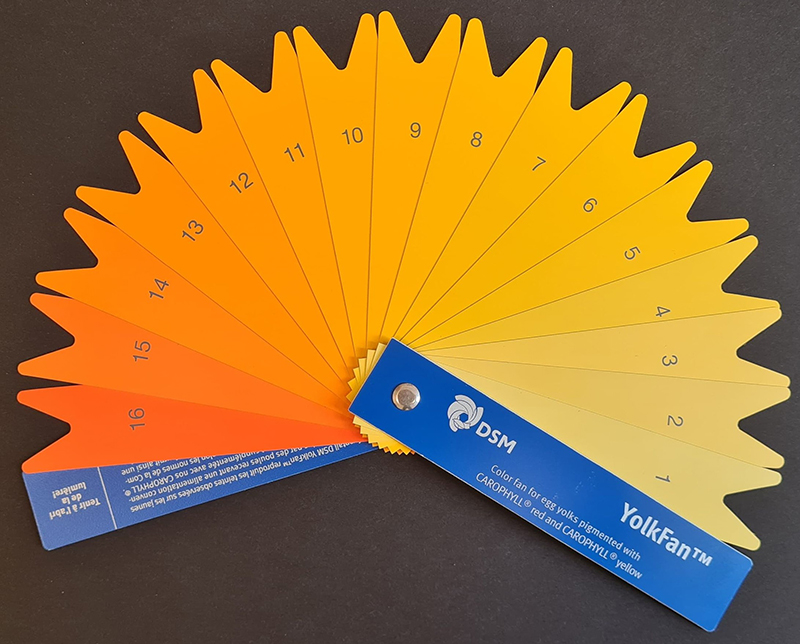Production animals. A gallery for the art of the possible
A growing attention towards our planetary boundaries challenges the industrial animal production in Denmark. In a new exhibition at Frederiksberg Campus, we investigate the systematic work that a large-scale and efficient livestock production requires, as well as the problems and opportunities that result from such an optimized production.
More specifically, this exhibition addresses how research at the former Royal Veterinary- and Agricultural School – today part of University of Copenhagen – has supported Danish livestock farming over time. For instance, scientific research conducted by the school's pioneers has contributed to the fact that Danish dairy cows now produce an average of approximately 30 liters of milk a day. And to the fact that slaughter pigs today are able to grow from 1kg to 100kg in 5-6 months while consuming relatively low amounts of antibiotics. And, further, that chickens and eggs produced in Denmark are guaranteed free of Salmonella.
Based on an interdisciplinary research project, the exhibition combines old research- and study collections with newly collected artefacts and works as a material archive of scientific triumphs and challenges within veterinary- and animal science, all while testifying to societal priorities in the field of livestock, both historically and contemporarily.
The exhibition is curated by anthropologist Nathalia Brichet as part of the research project Cattle Crossroads - Researching Danish livestock production for the Future – University of Copenhagen (ku.dk), funded by Independent Research Fund Denmark (2021-2025). The exhibition is based on fieldwork and collaborations with various experts within the livestock production. Through their expertise and research on production animals, different themes have become apparent, and multiple artefacts have been identified. Most artifacts are donated and some borrowed or purchased for the exhibition.
Here below you can read some journalists experiences and take away from at visit at the exhibition (unfortunately only in Danish):
- Stunning new exhibition shows the lengths humans have gone to in order to provide plenty of meat, Information, 29 Juli, 2024 (in Danish. requires login)
- The art of the possible, Weekendavisen, 21 March 2024 (in Danish, requires login)
- ‘Atlet-køer’ og ‘turbokyllinger’: Her er 4 billeder på danske landbrugsdyrs forvandling (videnskab.dk)

A so-called Yolkfan to determine the preferred color of the egg yolk, which can be obtained by dosing synthetically produced carotenoids.
OPENING HOURS
The museum is open on the following days.
To register please use Billetto.dk
Guided tours in English are available for groups of at least 10 people. These must be booked and confirmed in advance by contacting udstilling@sund.ku.dk.
| 12 August | 15.30-17.00 |
| 21 August | 17.00-18.30 |
| 27 August | 17.00-18.30 |
| 3 September | 16.00-17.30 |
| 9 September | 16.30-18.00 |
| 18 September | 17.00-18.30 |
| 24 September | 16.30-18.00 |
| 3 October | 15.00-16.30 |
| 8 October | 16.00-17.30 |
The tours are in Danish except where indicated "English". If you wish a tour in English, or If you are a group and want at tour in addition to these dates, please contact us by email: udstilling@sund.ku.dk
PRICES
- Entrance and guided tour (+18 years old): 50 kr
- Students with an ID-card from UCPH: free
- Group tours (1,5 hour): 1.250 kr
- Educational institutions: 750 kr
Max 25 persons on a tour.

